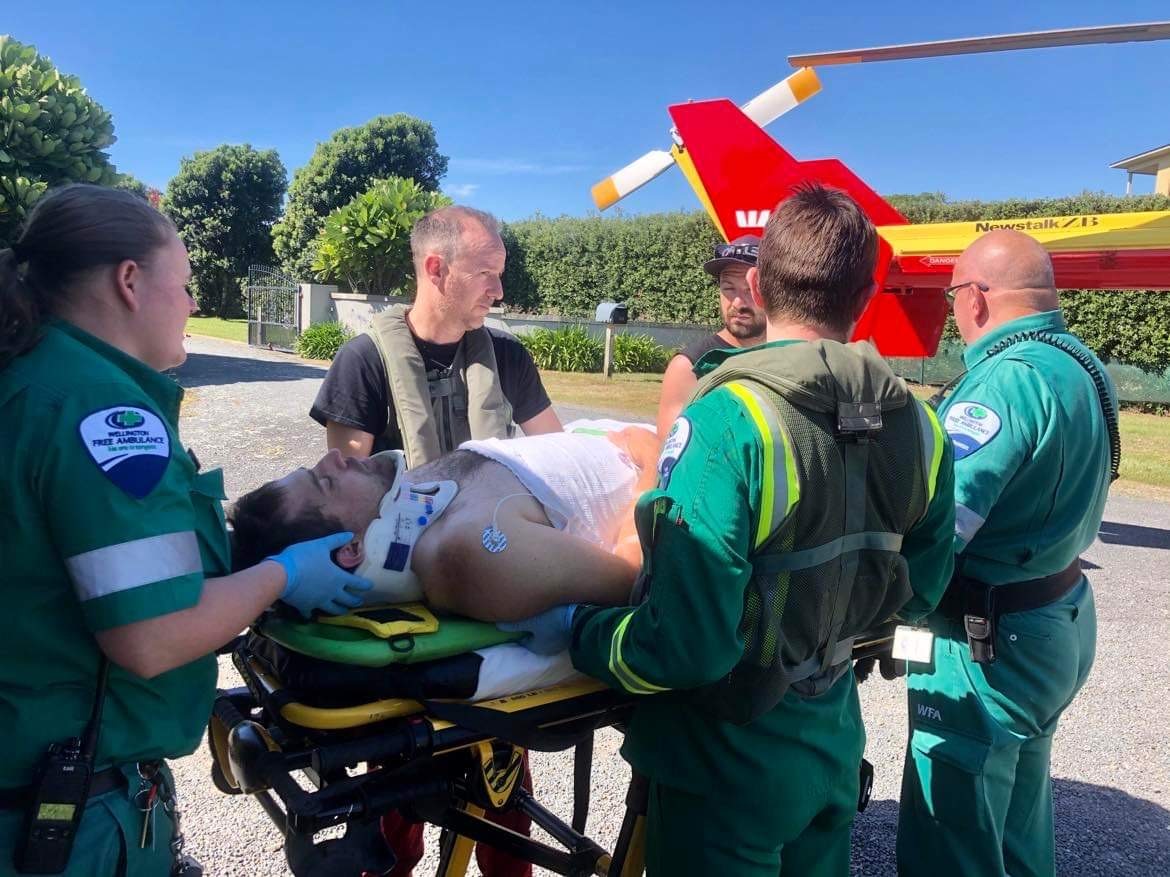Meet Matt from Wairarapa
Meet Matt
Matt is that fun kind of dad, always ready to try something new and enjoy the great outdoors with his precious tribe.
It was a beautiful sunny day on Boxing Day in stunning Peka Peka. Matt, his wife Kate, and their kids Lydia and Thompson were having a great time relaxing with friends at their beach house.
Kids and adults sprawled out with picnic blankets on the grass, hanging out enjoying each other’s company around the pond. It was time for the long-awaited trick across the pond – balancing on a surfboard travelling to the other side, that many others had enjoyed doing in the past.
Matt thought he’d try too. He ran, jumped on the board and attempted to ride across the pond. But in a split second, he lost his balance. The board flipped violently from under him. Matt flew headfirst – and hard – into the bottom of the shallow pond.
As this happened, Matt felt a sickening pop. It was his vertebrae cracking. Matt didn’t know it yet, but he’d suffered a catastrophic injury. At first no one realised Matt’s life could be in danger.
With the force of his collision, he’d been thrown sprawling face down into the water. His friends thought he was messing around. But as Matt came to his senses, he tried to use his arms to get up. Try as he might, they wouldn’t work. “Strange,” he thought.
He then tried using his legs to get up out of the water, but he couldn’t move them either. “Nothing,” recalls Matt. He was in shock and his heart was beating so fast.
That’s when Matt heard his mate Mike yell: “he’s not joking”. Immediately Mike bolted toward him, “He gently rolled me over and I told them something was wrong with my neck,” says Matt.
Now there was a sense of realisation and urgency kicked in. Matt’s wife Kate sprinted over too.
In a rush of action, friends jumped in the pond while Mike held Matt’s head to stabilise his neck so further damage could be prevented. The 111 call was made by Rod.
Rod urged the emergency operator to send the Westpac Rescue Helicopter. It was clear this was very serious. Matt needed specialist care – and fast.
His children were shepherded into the friend’s house to protect them from their dad’s traumatic accident. When the ambulance arrived, paramedics assessed if Matt could move and feel in various parts of the body, looking for evidence of spinal cord involvement.
Worryingly, Matt still couldn’t move his arms or legs. It was immediately decided to evacuate him to Christchurch Hospital’s Intensive Care Unit. Every minute would count to prevent permanent impairment or paralysis. By road ambulance it would take over nine hours – but it was just 94 minutes by air.
There was only one thing to do – call in the Westpac Rescue Helicopter. The Westpac Chopper was despatched to urgently help Matt, and in moments like these it is vital the crew have the training and high-quality equipment on board to manage the worst kinds of spinal injury.
Pilot Harry, who was on the mission that day, explains:
In these retrievals, a well-maintained rescue stretcher is critical. It ensures the patient can be securely transported from the rescue site to the medical facility without injury or discomfort.
“A helicopter can be turbulent, and a stretcher in optimal condition helps maintain stability and prevent further injury. In a crisis there’s no room for equipment failure. Any delays due to worn out equipment can have serious consequences for the patient.”
Matt was feeling so emotional and anxious, but from the moment the Westpac Rescue Helicopter landed, he experienced “a calmness within the panic”. The Westpac Rescue Helicopter paramedic swiftly gave him another physical exam, paying special attention to Matt’s spine and neurological function.
The crew then stabilised Matt’s spine with a neck brace to prevent further damage. Matt was strapped firmly into the stretcher, so he was secure. All of it was so gently and expertly done. “I sometimes wonder how much worse things could have been without the incredible, expert crew and this crucial equipment,” says Matt.
After Matt was delicately loaded on, in a poignant moment, his children ran from the house to watch the Westpac Chopper take off.
They didn’t realise Matt was on the Westpac Chopper and knew their adventurous dad would love to see it take off! They said to their mum Kate “Where’s Dad? There’s a helicopter! He should come and see it!”
Kate received heartbreaking news with friends by her side while Matt was in a coma following surgery to repair his neck. He was diagnosed with tetraplegia, which means paralysis in all four limbs. Doctors broke it to them he was unlikely to walk again.
Matt had such a long road ahead and there was so much unknown.
But Matt is so strong, and his family and friends knew that if anyone was going to prove the doctors wrong, it would be him.
And I’m thrilled to say that after years of rehab and powered by his own determination and the love of a beautiful family, Matt has done just that!
Today he can walk with limited mobility and even go on simple bushwalks to enjoy nature with his family.
I may not have full use of my legs and arms, but I’ll never forget the sound of the Westpac Rescue Helicopter coming for me on the most terrifying day of my life.
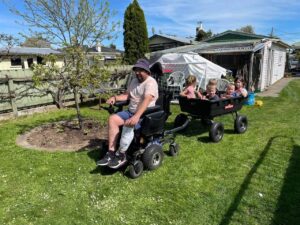
Related content
-
Read more about Missions overview
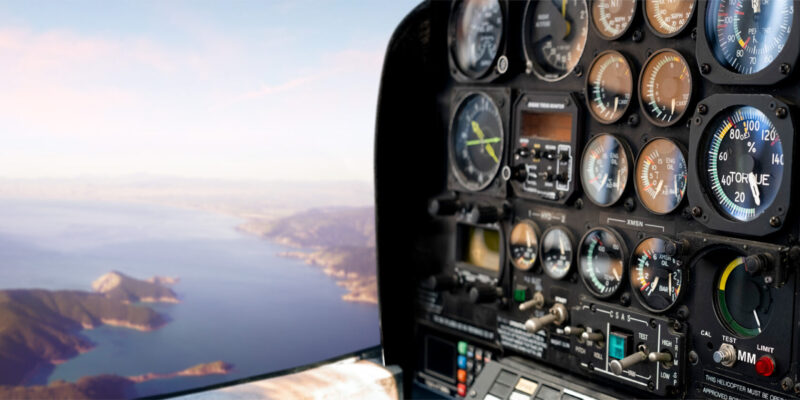
Missions overview
Discover Life Flight's crucial aeromedical missions in New Zealand, providing critical care and transportation with Westpac Rescue Helicopter and Air Ambulance Planes. Explore highlights, fleet details, and diverse mission types. Support our life-saving efforts today. -
Read more about Donate now
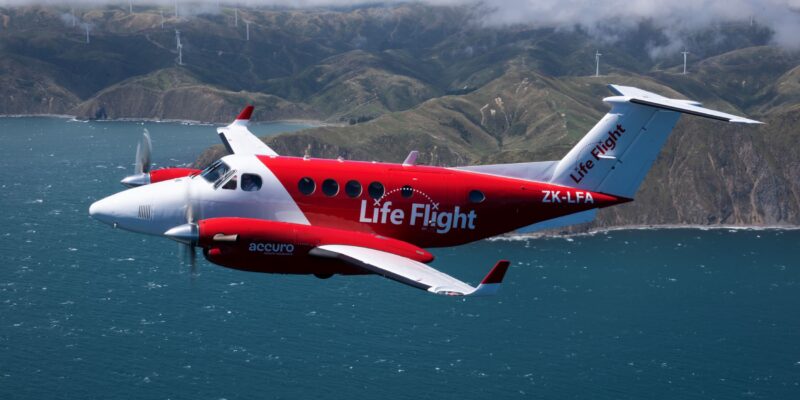
Donate now
Life Flight is a not-for-profit that relies on the generosity of the community to keep flying. Your donation will truly help save lives. -
Read more about Pilot – Dylan
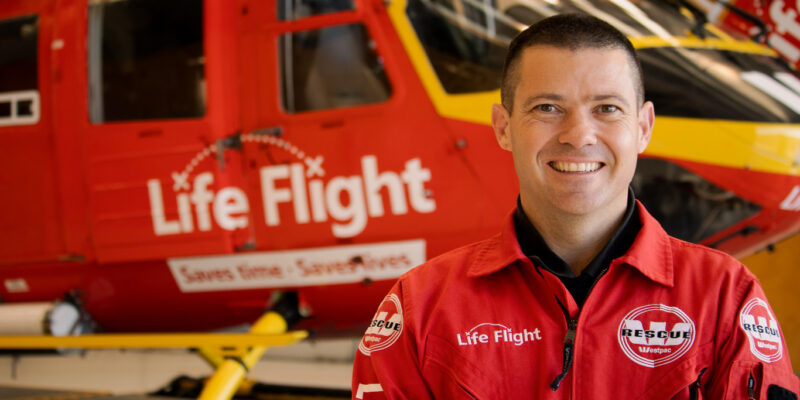
Pilot – Dylan
Hailing from South Africa, Dylan worked at an anti-poaching organisation before flying rescue helicopters.
